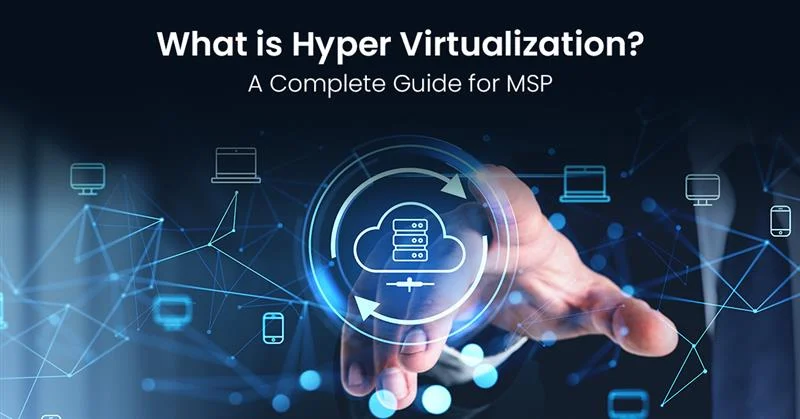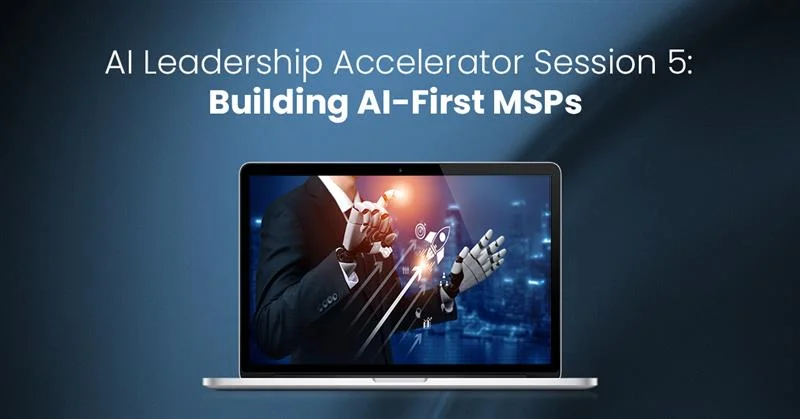What is the Stakeholder Capitalism Framework in the context of ESG? Find out below!
I recently started looking into investing, and I am most interested in investing with organizations that have strong ESG values or goals in place.
What is ESG?
ESG stands for the environmental, social and governance information about a firm. Let’s first get clarity about what we’re talking about and why it matters. In 2015, the UN adopted 17 Sustainable Development Goals (SDGs) which were a set of global targets focused on achieving sustainable development, social and ecological wellbeing, and the eradication of poverty worldwide. This broadened to ESG, to encompass a number of different factors. People began to recognize organizations as global citizens, and started moving from what you shouldn’t do, to what you should do—a value creation model.
The World Economic Forum 2023 in Davos was held by the World Economic Forum (WEF) and the ‘Big 4’ (McKinsey, KPMG, PwC, and Deloitte).
What is the Davos Manifesto?
The purpose of a company is to engage all its stakeholders in shared and sustained value creation. In creating such value, a company serves not only its shareholders, but all its stakeholders—employees, customers, suppliers, local communities, and society at large. — 2020 Davos Manifesto
What is the Stakeholder Capitalism Framework
The Stakeholder Capitalism Framework was presented at the conference, which is becoming recognized as the global standard for ESG reporting.
The framework is built upon a set of metrics grouped into themes, in 1 of 4 pillars:
- Principles of Governance
- Planet
- People
- Prosperity
As more governments have committed to net-zero targets, regulators are stepping up their pressure for businesses to be more sustainable. Investors likewise say they prefer to put money into businesses with a strong ESG profile (even if investors aren’t yet willing to sacrifice much return to do so). Increasingly, customers, employees, and potential employees are evaluating companies on ESG criteria, urged on by activists and other social forces.
Whether you agree with this focus or not, is irrelevant. What matters is that you want to be one of the first to get on board and gain whatever competitive advantage you can — AND it isn’t that hard. You don’t have to do everything. Just highlight that you are aware of this, and you are tracking or aim to do something about some metric within the framework.
Do you want to increase the size of your talent pool, increase the number of people who apply for your roles, and increase the engagement of retention rates for the employees in your organization? You know how you can achieve this success? By showcasing that you are a socially responsible global corporate citizen.
For more content like this, be sure to follow IT By Design on LinkedIn and YouTube, check out our on-demand learning platform, Build IT University, and be sure to register for Build IT LIVE, our 3-day education focused conference, September 9-11 in Orlando, FL!









